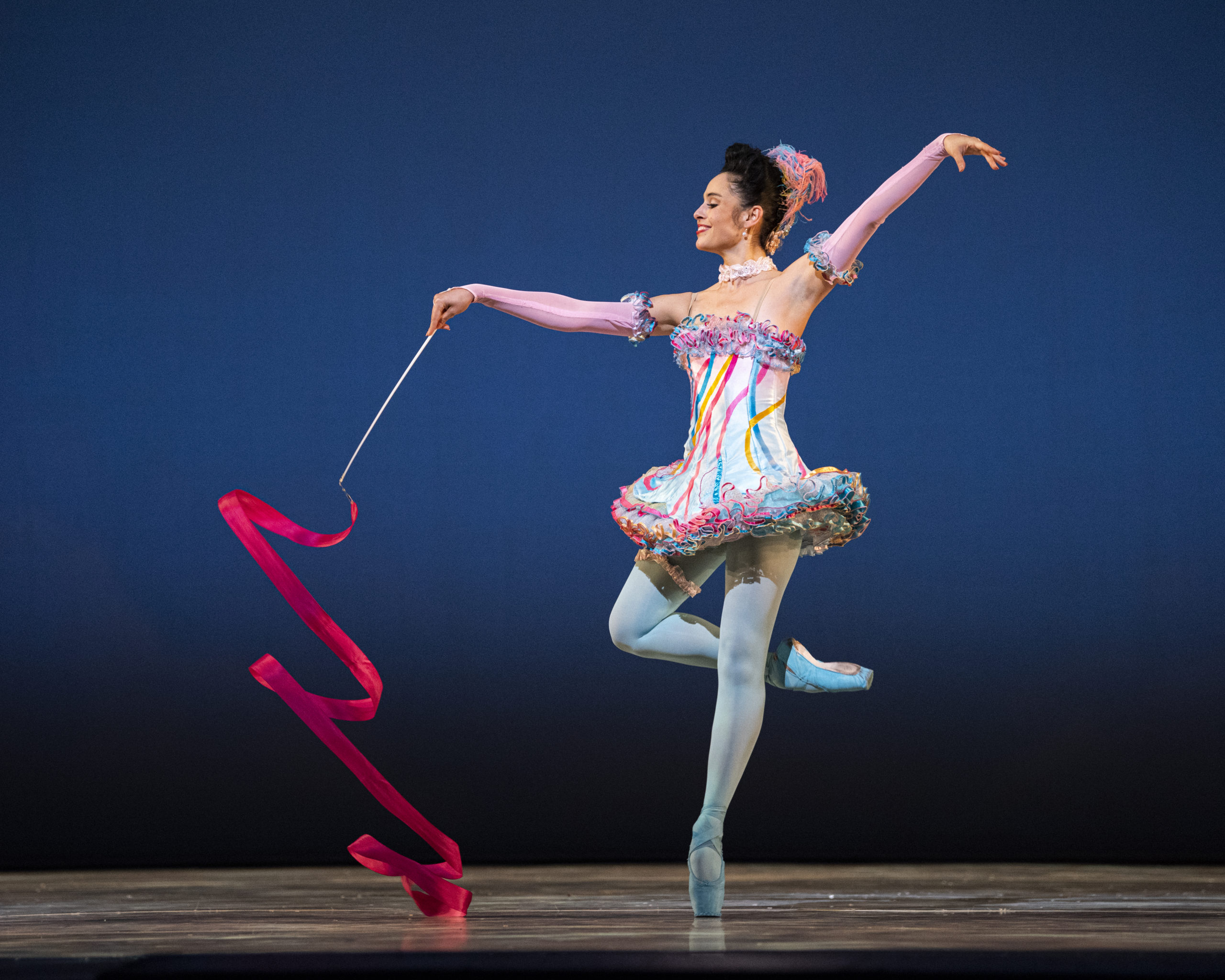
When Sampson Sixkiller Sinquah started learning the basics of hoop dancing at just 4 years old, his teacher emphasized the importance of practice. Sinquah is now a champion in the traditional and intertribal Native American dance form, which uses a set of hoops to create intricate shapes and patterns. He credits steady repetition and rehearsal as an essential element of his ultimate success. “The more you practice, the easier it gets and the smoother it will be,” he explains. “Just practice and practice until the prop feels like a part of you, like an extension of yourself.”
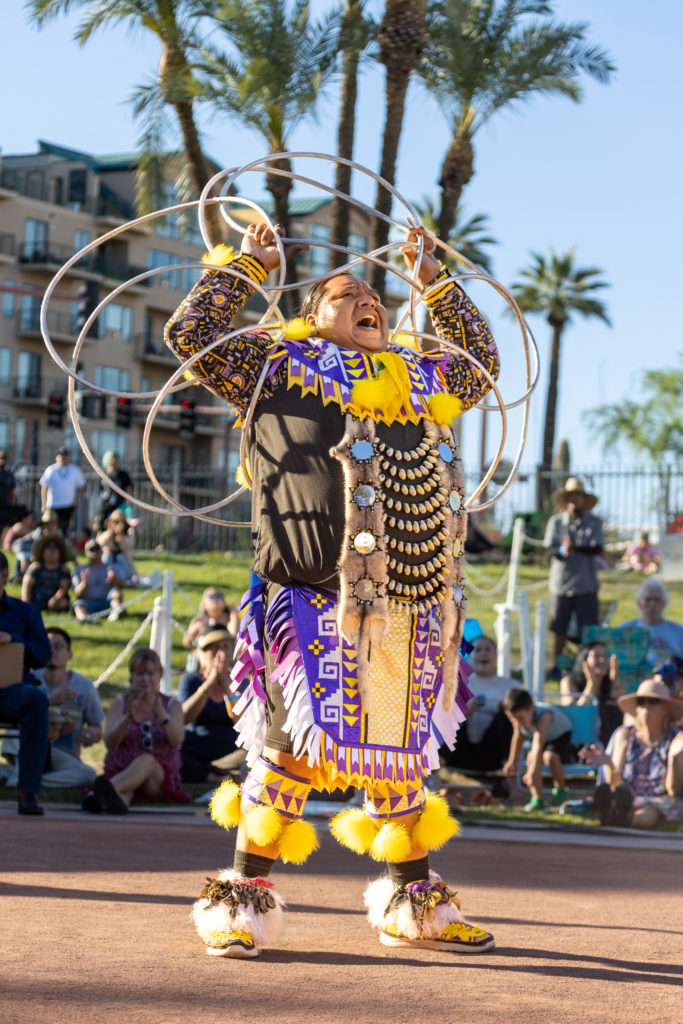
Although Sinquah has been working at hoop dancing for years, it’s possible to heed his teacher’s advice on a shorter time frame, so your students can also feel the joy of dancing with a prop—instead of seeing it as a burden or additional stressor. With the right approach, teaching choreography with props can become a great way for students to improve their technique and gain a deeper insight into their artistry.
Start Early
Ludmila Bizalion, a corps de ballet dancer with the San Francisco Ballet, says that it’s best for dancers to start early when learning a piece of performance choreography that requires a prop. Providing students with a video of the dance and a practice prop to take home with them might be a helpful precursor to the rehearsal process.
If you don’t have access to a video of the choreography or aren’t able to provide rehearsal props, recommending an activity or cross-training regimen with similarities to the choreography can also help students harness movements needed in the performance. Sinquah says jumping rope in his free time helps him to channel some of the same actions as hoop dancing.
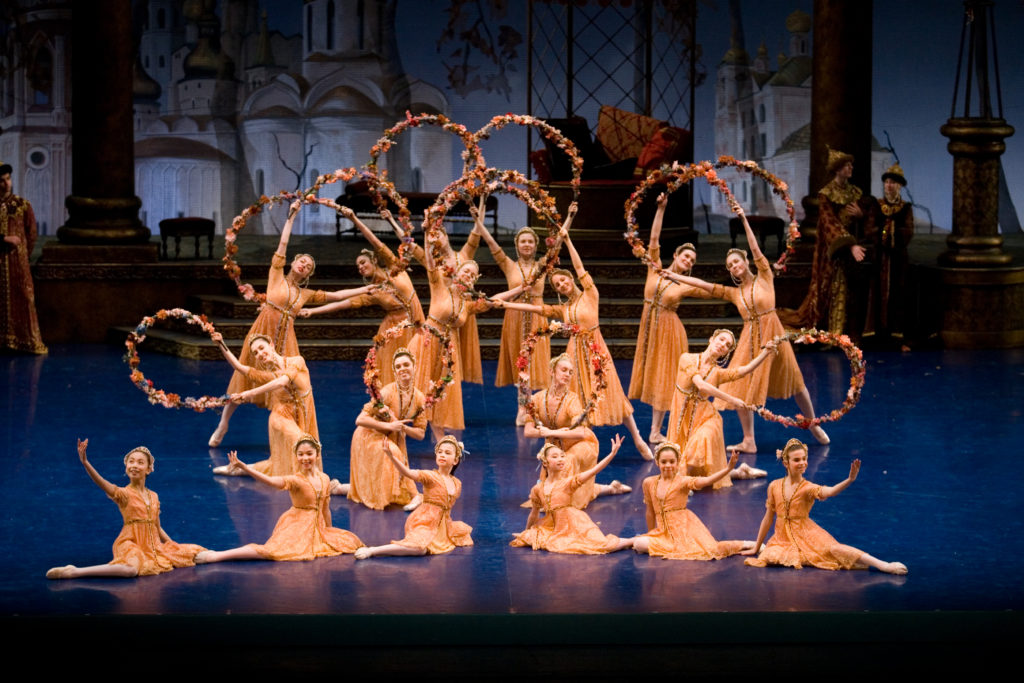
Take It Step by Step
For students who might be particularly apprehensive about learning to dance with a new prop, make sure they aren’t biting off more than they can chew. Taking a slowed-down, step-by-step approach can eliminate stress and help dancers to succeed.
Carolyn Zhang is a former member of the University of Pennsylvania’s Pan-Asian Dance Troupe, a group of collegiate dancers whose work combines traditional Asian dance styles and martial arts with other forms, like contemporary and hip hop. During her time with the college-affiliated company, Zhang performed works with a variety of props—think swords, fans and even the long bamboo rods used in tinikling, a traditional Filipino dance. She was in charge of teaching more-junior company members to work with these items, too.
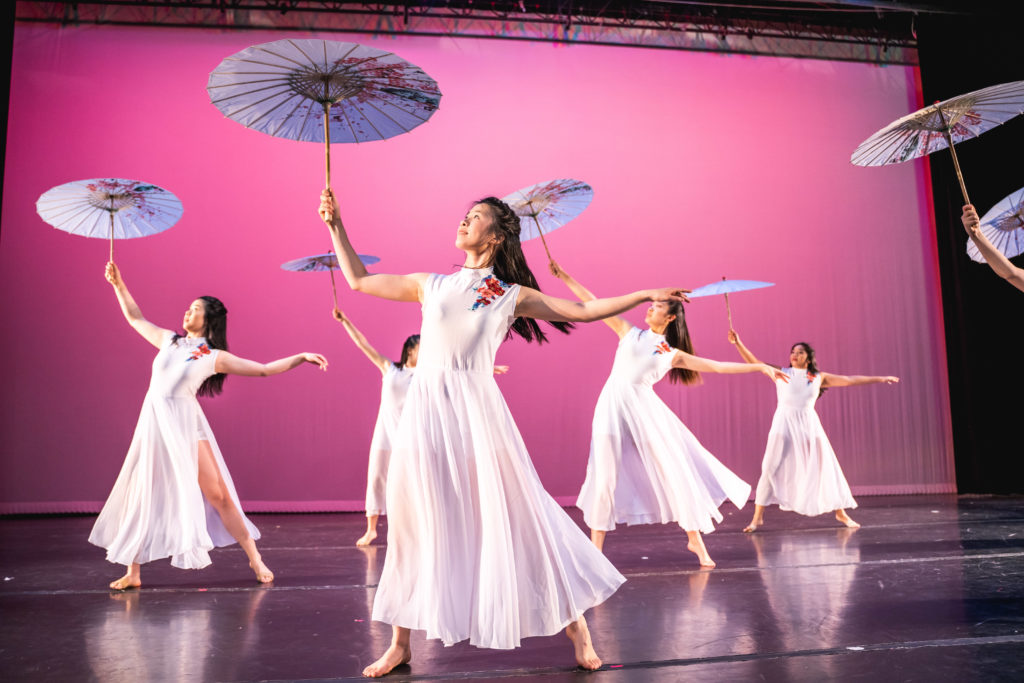
When helping a dancer learn a new piece, Zhang always began with simple, foundational movements to guide the student through the rehearsal process. She recommends starting by focusing on the basics, like how the prop moves, how heavy it is, and how quickly the student can manipulate it. Then, add in the choreography bit by bit.
“Once we feel like the dancer is pretty comfortable with the prop, we’ll start to incorporate it as we teach small chunks of choreography or specific sections that might be more difficult,” she explains.
Bizalion also recommends easing into prop-heavy choreography. Even as a veteran of several of SFB’s more prop-heavy roles—like the Mirliton variation in its Nutcracker, which uses long, rhythmic-gymnastics–style ribbons—she always starts rehearsals with a shorter or smaller prop, just so she can get the feeling of dancing with the item back in her body.
Allow your students to first practice with a smaller object—or one that is easier to dance with—before moving to the actual performance prop. Additionally, getting students to mark the choreography with the prop can also be a helpful exercise.
“When we first start rehearsals, I make sure I get into the studio early, and I do the entire dance with just my upper body, so I can feel the ribbon again,” Bizalion says of her own process.
Emphasize Artistry
Although working with props can seem challenging—especially when paired with already intricate choreography—it can be a lot of fun, too. Emphasizing the creative possibilities that props afford can be helpful for your students to push past doubt and embrace the learning process.
“Props can be a limitation, but also an enhancement, and it kind of depends on the choreographer and dancer to decide which it is,” says Lina Shi, a Pan-Asian Dance Troupe alum who has experience dancing and choreographing with props.
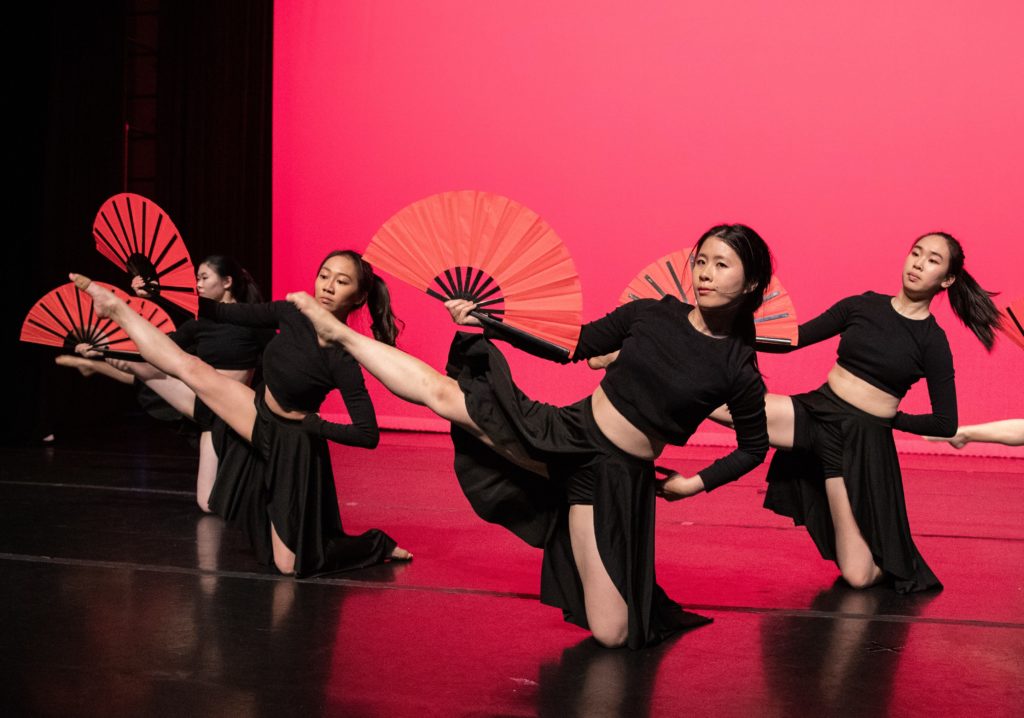
Plus, props can enhance storytelling, characterization and audience connection with the work, which can provide a fun way for students to begin exploring their artistry.
Bizalion says that, especially when using props like the fans in Don Quixote, she is able to connect more with the spirit of her character. Zhang and Shi agree that using props introduces new ways to embody some of the dances they perform, which take a great deal of inspiration from nature. Encourage your students to explore the options that props provide for acting, personifying, and adding their own personal touches to their roles.
“Props can definitely be used as a sense of storytelling, to create a message that our body can’t necessarily portray by itself,” Shi says.





